The Villa Carnignac art gallery is located on a Mediterranean island off the French Riviera called Porquerolles. Purpose-built to show off billionaire hedge-fund executive Edouard Carnignac’s modern art collection, the gallery opened in June. Monsieur Carnignac hung out at the Factory with Andy Warhol in the 1960s, is a freedom-loving, polo-playing child of the counter-culture who famously paid for an advertisement displayed in the leading papers of Europe on the same day urging former president Hollande to lay off taxing the rich. The off-shore location of his art gallery is vitally important. You don’t visit Villa Carnignac because you can’t think of anything better to do on a Wednesday afternoon. You journey there, imbued with a pilgrim spirit. The gallery website puts it like this: ‘As in all legends or initiatory journeys, the voyage to the islands is always a dual crossing, one physical, the other mental. It’s a crossing over to the other side.’
The crossing over to the other side was mental all right. The population density of the French Riviera in August must be right up there with Gaza. A ten-mile traffic jam inched its way to the ferry port, where it was shooed away by a police cordon. I parked the car, eventually and illegally, on a grass verge a mile and a half away and walked back to the ferry terminal, where we queued in searing heat for half an hour to buy ferry tickets, then sat on a ferry until the body of passengers was compacted to the density of a rush-hour Tube train. This monotonous and uncomfortable experience was briefly enlivened by a proper dog fight between a Scottish terrier and an English bulldog which, interestingly, the terrier won.
The spiritual crossing over to the other side took 15 minutes. We were disgorged on to a superyacht marina. I kept an eye out for our own famously wealthy cultural iconoclast Philip Green but didn’t spot him. Then I consulted my notes. ‘Arriving at the port,’ gushed a Villa Carnignac review for an online art journal, ‘the short walk leads visitors along a small dirt path with dappled light filtered through fragrant pine trees and the smell of eucalyptus arriving on the breeze.’ Sounds idyllic. What this evocative description fails to mention, however, are the hundreds of tourists on hired bicycles using the steep dirt path through the trees as a race track. There may well have been dappled light and the smell of eucalyptus on arriving. But the overriding sensory impression was of out-of-control bicycles, of billowing dust, of cries of exhilaration or alarm, of a chap catapulting over the handlebars and lying traumatised and inert in the dust at our feet.
If there is a theme to be found among the Carnignac collection of Warhols, Lichtensteins and Koons, it is, according to the same reviewer, ‘the spirit of rebellion and change, of new-found freedoms, and the upheaval of old styles and themes’. At the property entrance a security guard ran a hand-held metal detector over us, then ran after us to admonish Oscar for gambolling along the top of a wall instead of walking sensibly and mindfully on the gravel path beside it. Next to the gallery entrance was a scrap metal dealer’s fantasy in solid bronze by Miguel Barcelo. I rapped on it with the knuckle of my forefinger to check. Immediately one of the vegetarians serving behind the till nipped around her counter and ran outside to tell me that it was strictly forbidden to touch the exhibits. She was so absurdly cross about my fingering an item that would have withstood a tank round that I laughed.
After presenting our pre-booked tickets, timed for the hour between noon and 1 p.m., we were told to remove our shoes and socks before entering the gallery. As the gallery website explains: ‘It’s a kind of striptease, an invitation to shed your museum-going habits and leave them behind.’ The ‘herbal tea concocted by a local pharmacist to get you in the mood’ normally issued free during the striptease ritual was sadly unavailable. But our pilgrimage was completed. A priestly young man accepted our ticket stubs and we stepped lightly aside. Barefoot and shriven, we entered the cool and spacious inner precincts of the temple.
Seventy old-fashioned contemporary artworks awaited us, including an enormous Jeff Koons canvas of such simplicity that it might have been filled in, framed and purchased before the paint was dry. We were unsure whether the chap in the Panama hat lying very still among floor cushions to contemplate it was an installation or a visitor. If there was an overarching theme, I think it might have been extinction or money rather than freedom. The glances I gave some of the paintings were mildly pleasurable. We trotted round for 15 minutes then retrieved our shoes and socks. The garden restaurant was pleasant.
Got something to add? Join the discussion and comment below.
Get 10 issues for just $10
Subscribe to The Spectator Australia today for the next 10 magazine issues, plus full online access, for just $10.
You might disagree with half of it, but you’ll enjoy reading all of it. Try your first month for free, then just $2 a week for the remainder of your first year.


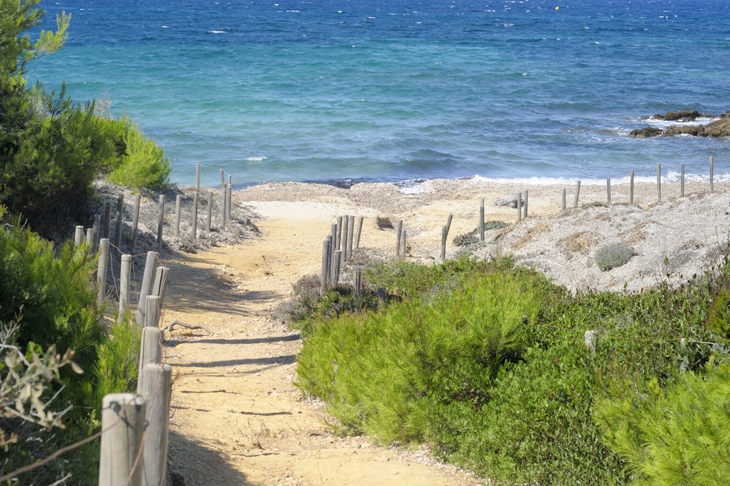
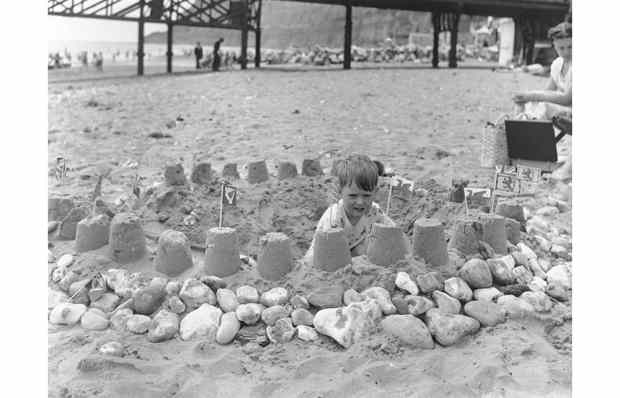
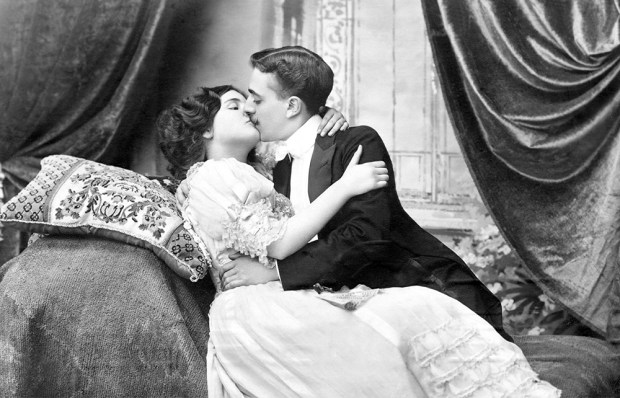
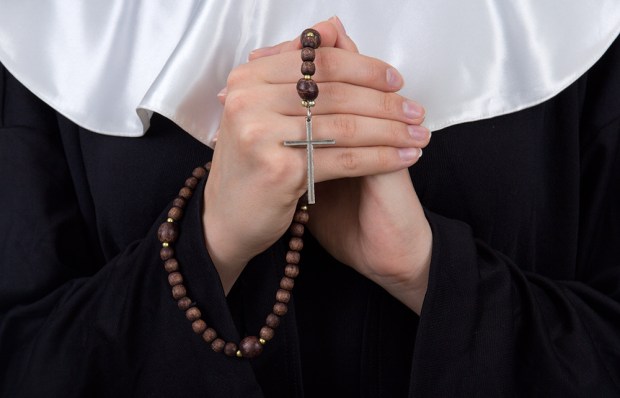

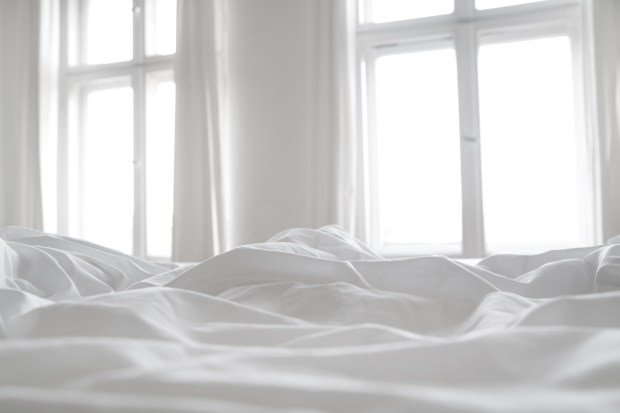
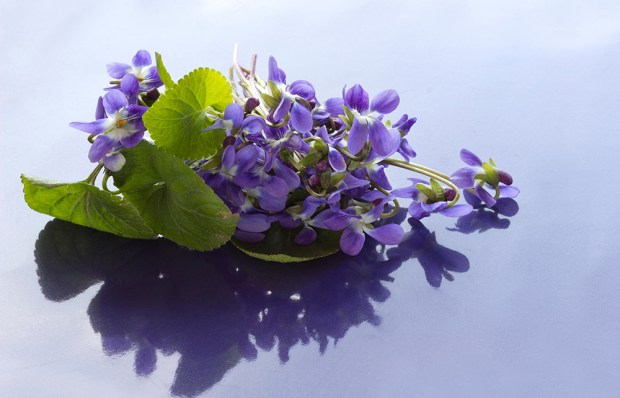






Comments
Don't miss out
Join the conversation with other Spectator Australia readers. Subscribe to leave a comment.
SUBSCRIBEAlready a subscriber? Log in